The leopard tortoise, scientifically known as Stigmochelys pardalis, requires specific care when it comes to maintaining proper hydration through soaking. Among the most critical aspects of this practice is temperature control, which can mean the difference between a beneficial health routine and a potentially dangerous situation for these remarkable reptiles.
When preparing a soak for your leopard tortoise, the water temperature should mimic the warm environments these creatures naturally inhabit. The ideal range falls between 85°F and 95°F (29°C to 35°C), which is slightly warmer than what many first-time owners might assume. This temperature range allows for proper hydration without causing stress or overheating, while also encouraging natural bodily functions.
Why does temperature matter so much for leopard tortoise soaking? These cold-blooded animals rely entirely on their environment to regulate their body temperature. Water that's too cool can cause their metabolism to slow dramatically, potentially leading to digestive issues or respiratory problems. Conversely, water that's too hot may cause overheating, dehydration, or even burns to their sensitive skin and shell.
The best way to ensure proper temperature is through the use of a high-quality aquarium thermometer. Digital models with probes tend to be most accurate, allowing you to monitor the water temperature throughout the entire soaking session. Never rely on touch alone to gauge temperature, as human skin temperature varies and what feels warm to us might be too hot or too cold for your tortoise.
Seasonal adjustments may be necessary for maintaining optimal soaking temperatures. During colder months, you might need to place the soaking container in a warmer room or use a heat lamp positioned at a safe distance to maintain water temperature. In warmer seasons, you may need to change the water more frequently as it cools slower in hot environments.
The duration of soaking sessions should correlate with water temperature. At the ideal 85-95°F range, 15-30 minute sessions are typically appropriate for adult leopard tortoises. Younger tortoises may require shorter sessions of 10-15 minutes. If the water begins to cool below 80°F (27°C) during the soak, it's time to end the session or refresh with warmer water.
Water depth is another factor that works in tandem with temperature control. For leopard tortoises, the water should reach just below where the top shell (carapace) meets the bottom shell (plastron). This allows for proper hydration of all body parts while preventing unnecessary stress. Deeper water requires more careful temperature monitoring as heat disperses differently in larger volumes.
Many experienced keepers recommend preparing the soaking area in advance. Have all supplies ready - pre-warmed water, thermometer, towels, and a warm place to return the tortoise after soaking. Sudden temperature changes can be stressful, so the transition from soak to enclosure should be as seamless as possible.
Behavioral cues can tell you much about whether the temperature is appropriate. A content leopard tortoise will typically remain active but calm during soaking, often drinking water and moving about gently. Signs of distress like frantic climbing attempts or complete lethargy may indicate the temperature needs adjustment.
For hatchlings and juvenile leopard tortoises, temperature control becomes even more crucial. Their smaller bodies are more susceptible to temperature fluctuations. Many experts suggest slightly warmer soaks (toward the higher end of the recommended range) for younger tortoises, as they dehydrate more quickly and benefit from the additional warmth.
The type of container used for soaking can impact temperature maintenance. Plastic tubs or containers with higher sides tend to retain heat better than shallow dishes. The material also matters - ceramic or metal containers may conduct heat differently than plastic. Whatever container you choose, ensure it's sturdy enough to prevent tipping and large enough for the tortoise to move comfortably.
Room temperature plays a significant role in maintaining proper soak temperatures. If the ambient air is cold, the water will cool faster. Ideally, perform soakings in a room that's already warm (75-85°F or 24-29°C) to help maintain water temperature throughout the session.
Some keepers wonder about adding warm water during the soak to maintain temperature. While this can be done, it must be approached carefully. Add small amounts of pre-warmed water slowly, mixing well and checking the temperature frequently to avoid creating hot spots that could burn your tortoise.
After soaking, proper drying is essential. Use a soft towel to gently pat the tortoise dry, paying special attention to skin folds and between scales where moisture can linger. Returning a wet tortoise to a cooler enclosure could lead to dangerous temperature drops.
Hydration isn't the only benefit of proper temperature-controlled soaking. The warmth helps stimulate digestion and can encourage bowel movements, which is particularly helpful for tortoises that may be slightly constipated. The entire process mimics the warm rains they would experience in their natural habitat.
For breeding females, temperature-controlled soaking takes on added importance. Proper hydration supports egg development and laying. Some breeders increase soaking frequency (while maintaining proper temperatures) as the egg-laying season approaches.
If you need to soak a sick or recovering leopard tortoise, consult with a reptile veterinarian about any temperature adjustments that might be beneficial. In some cases, slightly warmer soaks might be recommended, but this should only be done under professional guidance.
Remember that leopard tortoises originate from regions with distinct temperature variations between day and night. While their soak water should be warm, it's not necessary to maintain this temperature constantly in their enclosure. The soaking provides concentrated hydration and warmth that complements their overall thermal environment.
Advanced keepers sometimes create dedicated soaking areas within larger enclosures that maintain optimal temperatures continuously. These require careful design to prevent bacteria growth and ensure safety, but can be excellent for tortoises that need frequent soaking.
Ultimately, temperature control for leopard tortoise soaking comes down to consistency and attention to detail. By maintaining the proper range and observing your tortoise's responses, you'll establish a routine that supports their health and mimics their natural conditions. This simple but crucial aspect of care can significantly impact your tortoise's wellbeing throughout its long lifespan.
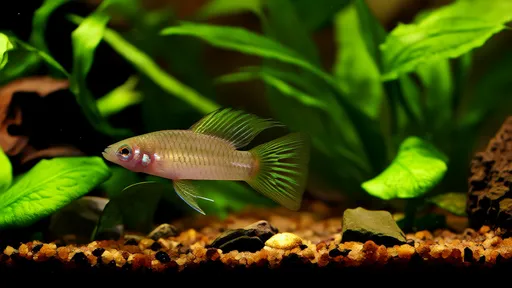
By /Jun 28, 2025
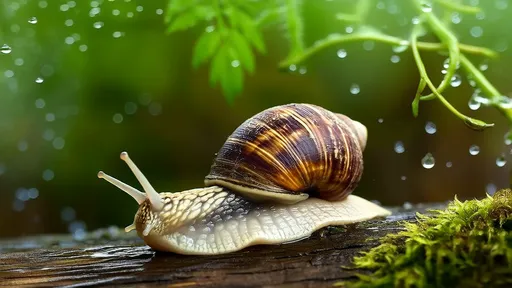
By /Jun 28, 2025
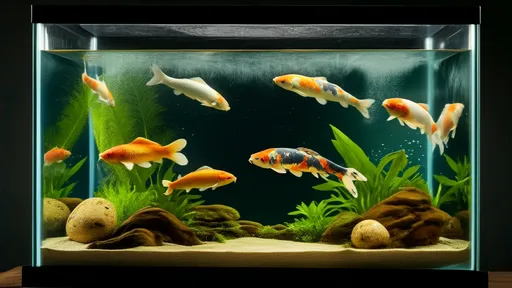
By /Jun 28, 2025

By /Jun 28, 2025
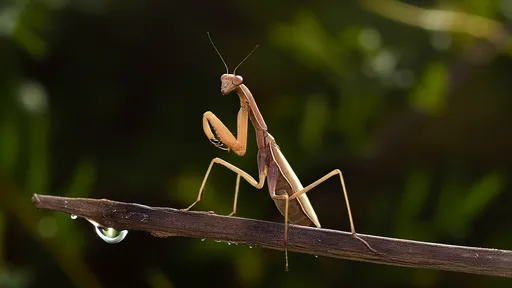
By /Jun 28, 2025

By /Jun 28, 2025
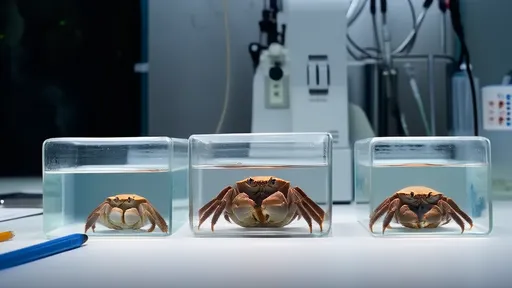
By /Jun 28, 2025

By /Jun 28, 2025
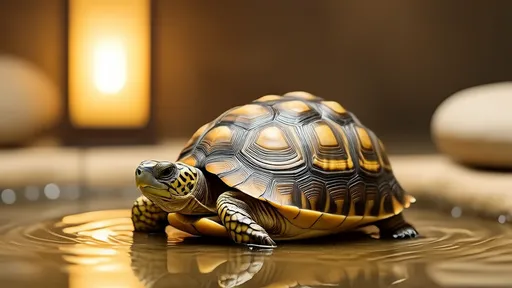
By /Jun 28, 2025
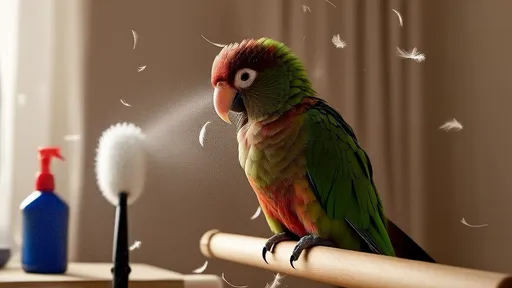
By /Jun 28, 2025

By /Jun 28, 2025
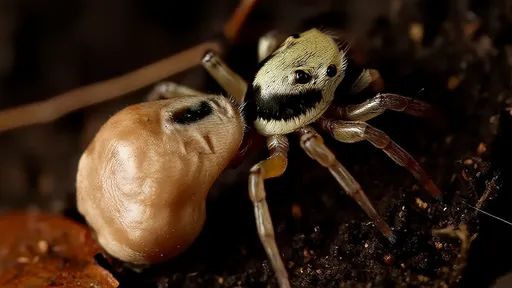
By /Jun 28, 2025
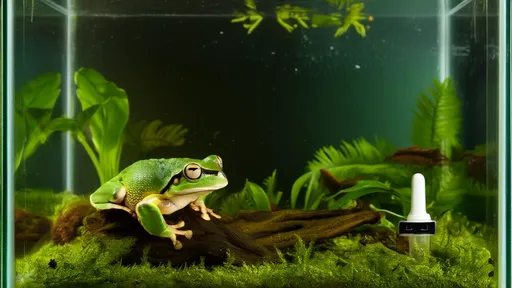
By /Jun 28, 2025

By /Jun 28, 2025
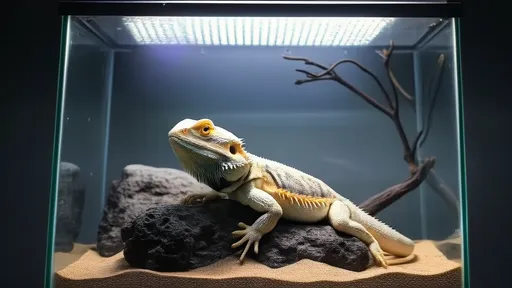
By /Jun 28, 2025

By /Jun 28, 2025

By /Jun 28, 2025